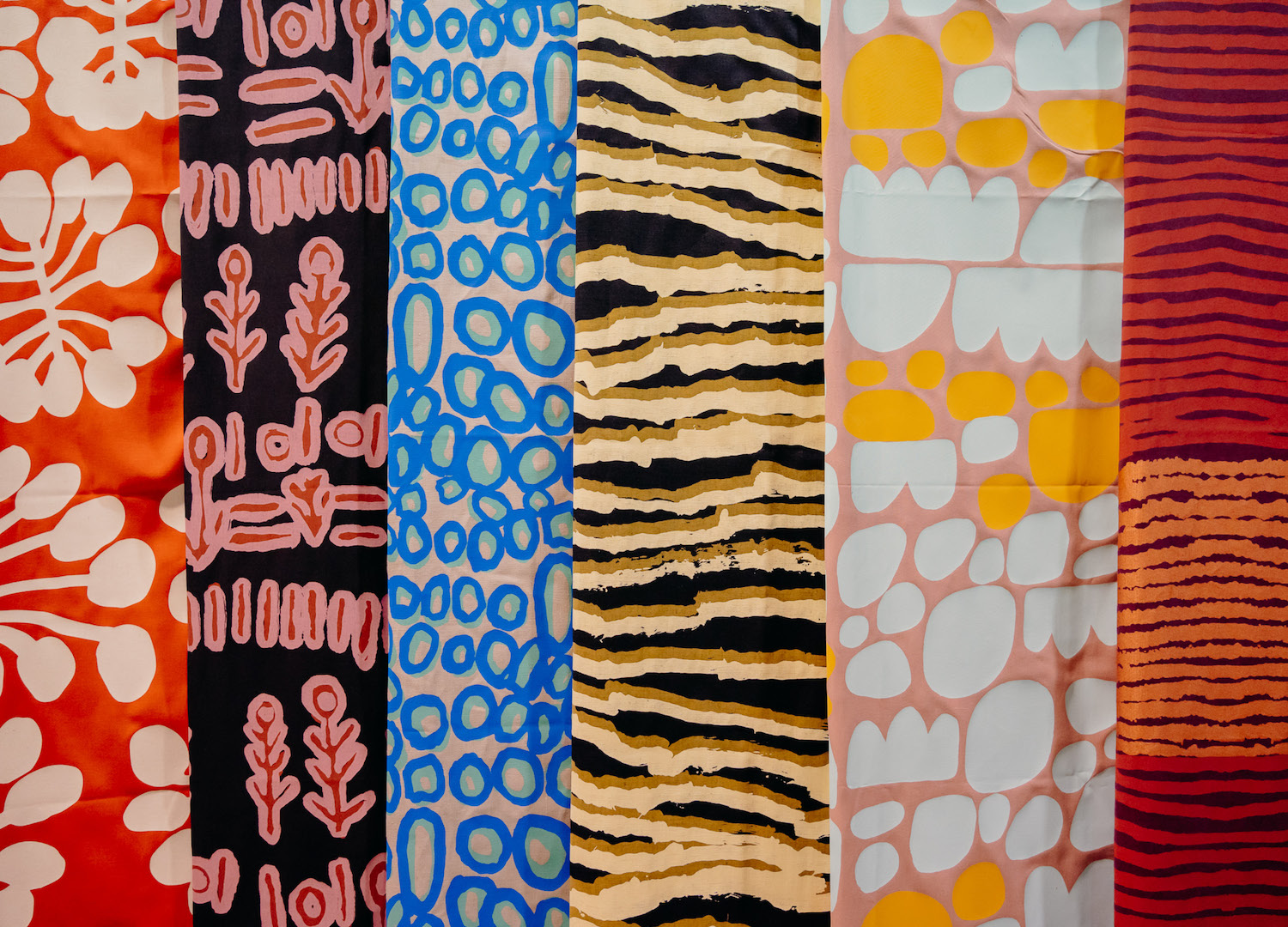
Master Stroke: Ikuntji Artists Is Bringing Wearable Art to the World
photos IKUNTJI ARTISTS AND KELLEY SHEENAN
From its first fabric collection released on Spoonflower back in 2016 to this year presenting a solo show at Australian Fashion Week – the first time an Aboriginal art centre has done so in history – Ikuntji Artists is bringing wearable art to the world.
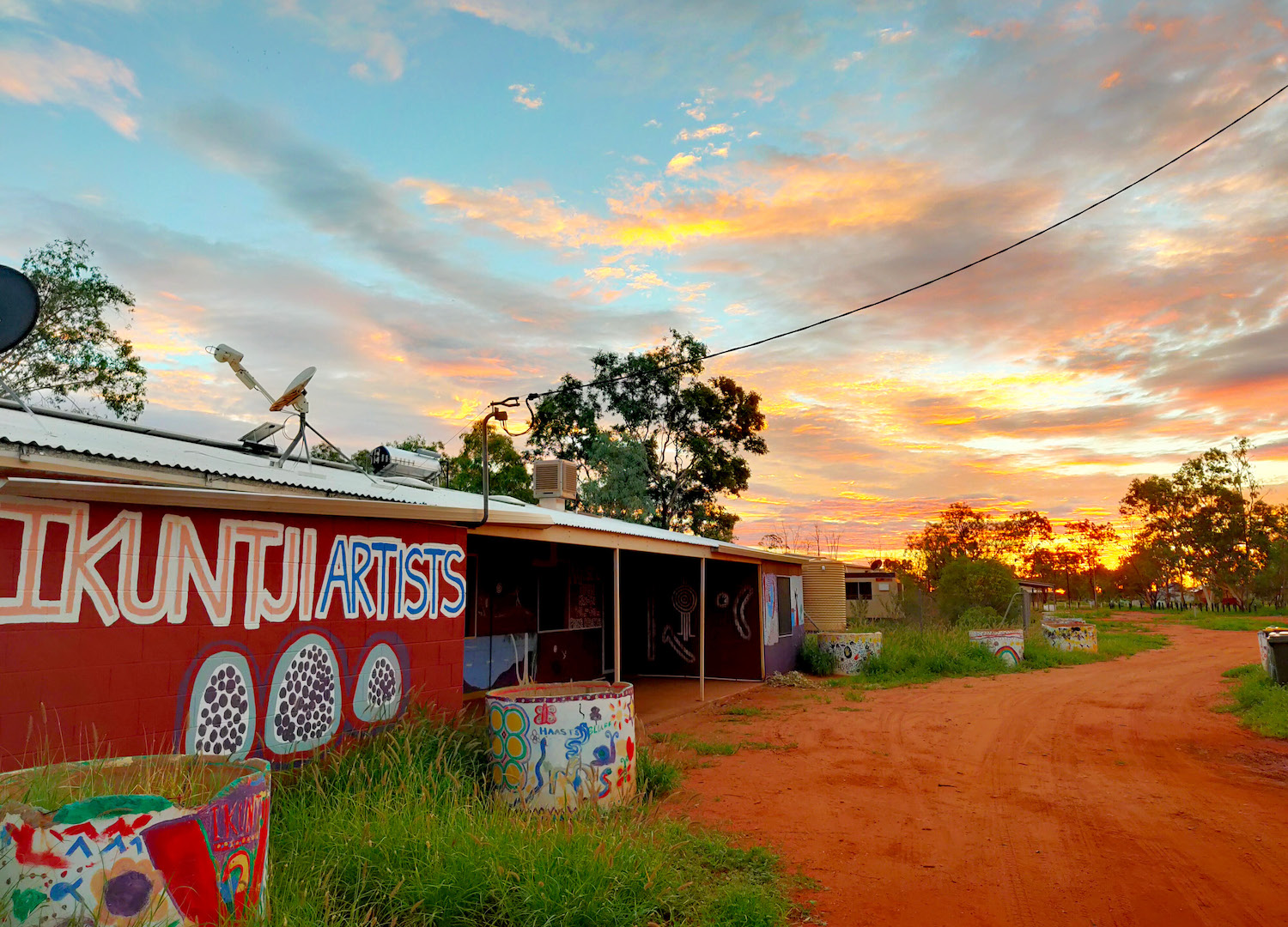
Can you tell us a bit about Ikuntji Artists and its history?
Ikuntji Artists was the first art centre established by women in the Western Desert art movement. First established in 1992 – under the influence of then community president, the late Esther Jugadai – it was initially set up to fulfil the role of a women’s centre, providing services such as catering for old people and children in the community.
After first printing t-shirts, the artists began producing acrylic paintings on linen and handmade paper, which quickly gained the attention of the Australian and international art worlds, as well as earning the centre an impressive reputation for fine art. The focus changed from a women’s centre to an art centre in 2005, with the incorporation of the art centre as Ikuntji Artists Aboriginal Corporation. Today the artists work across the mediums of printmaking, painting, textiles and jewellery.
You’re situated 230 kilometres west of Mparntwe/Alice Springs. Tell us about life in Ikuntji/Haasts Bluff…
Ikuntji Artists is located within the West MacDonnell Ranges, a diverse landscape ranging from mountains to red sand hills and stands of desert oak trees. A river runs around the community, which is dry most of the year. It’s a community diverse in language and culture.
The art centre is the cultural hub of the community, maintaining, reinforcing and reinvigorating cultural practices through a variety of forms.
There is a fluctuating population of around 160 people, most of whom are Pintupi-Luritja speakers. There is no public transport or mobile phone service. The community has a church, school, shop, aged care facility, childcare facility, administration centre and health clinic, as well as staff housing and a small airstrip. The art centre is the cultural hub of the community, maintaining, reinforcing and reinvigorating cultural practices through a variety of forms.
READ MORE – Feel the Flower-Child Vibes with My Keeper’s Fabulous Fabric Designs
What distinguishes the Western Desert art movement?
Western Desert art was synonymous with the ‘dot paintings’ initiated by Papunya Tula artists in the early 1970s in the nearby community of Papunya. For the most part, ancestral beings and ceremony remained the subject matter of their paintings and their travelled Country.
From this followed huge artistic activity across the region and the development of distinct styles and narratives from diverse connections to lore and Country. Ikuntji’s artists interpret their ancestral stories by using traditional symbols, icons and motifs, while also creating a passage for a more abstract and figurative style recounting everyday life, as well as historical and contemporary stories. It’s become known for bold colours and forms, linework and painterly abstract marks.
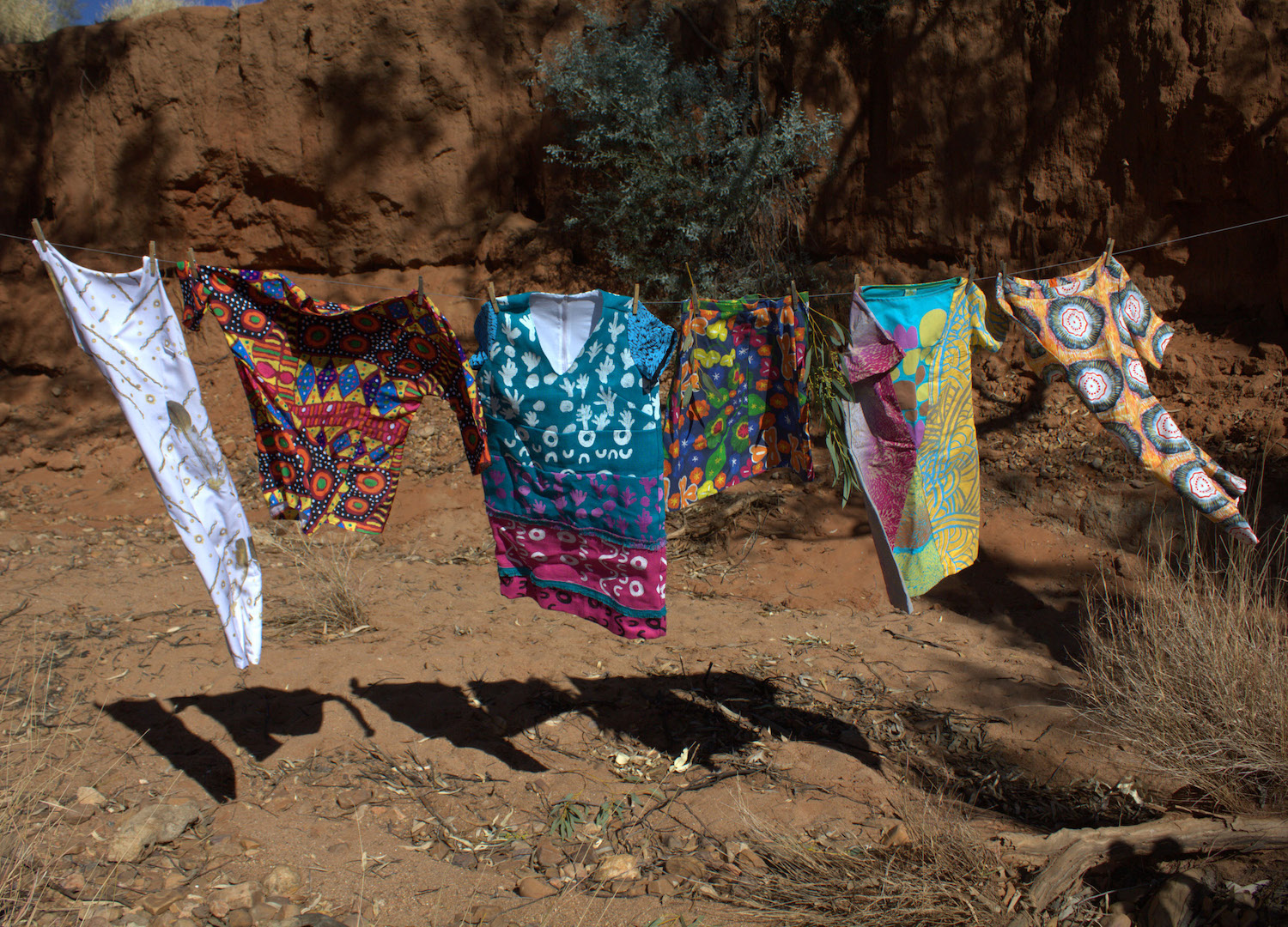
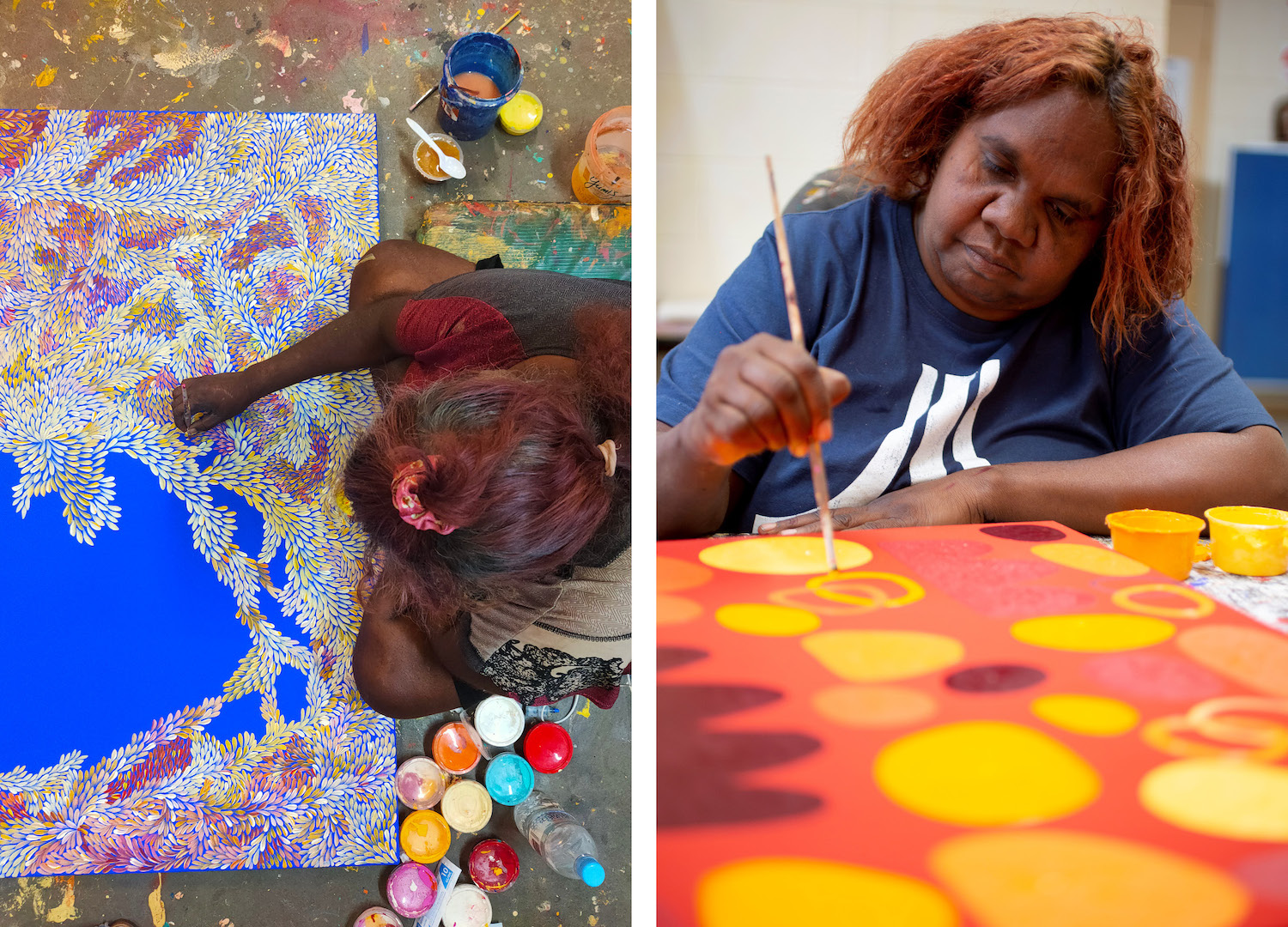
With so much fake Aboriginal art out in the world, why is it so important that people opt to engage with authentic sources?
Sourcing Aboriginal art from art centres means you are purchasing ethically and authentically produced work. In many remote Central Australian communities, artwork sales are the main source of income; your purchase means you are supporting artists and their families living and working on Country.
The Life Authentic with Artist and Surface Pattern Designer Kirsten Katz
Is fashion an important vehicle for you to share culture?
The history of Ikuntji Artists is deeply connected to printing and, in particular, screen-printing. Since 2016, Ikuntji Artists has built on this foundation and developed a range of fabric designs and partnerships, creating a strong presence and identity within the textiles and fashion sectors.
The transfer and reimagining of Tjukurrpa [the Dreaming] on fabric is a constant process for artists who continue to extend their creative practices and forms of cultural expression. The repetition of the designs on fabric plays with the beautiful idea of these stories and knowledge also being repeated to younger generations.
It was an invaluable and exciting experience, beautifully articulated by artist Kelly Dixon: “I am making clothes now. People can wear my painting.”
Ikuntji designs aim to foster a connection to Indigenous art and encourage people to create their own slow fashion. The textiles of bold forms and colour have reshaped the ideas and positioning of Australian fashion and First Nations’ wearable art, and how this fits into the fine art world.
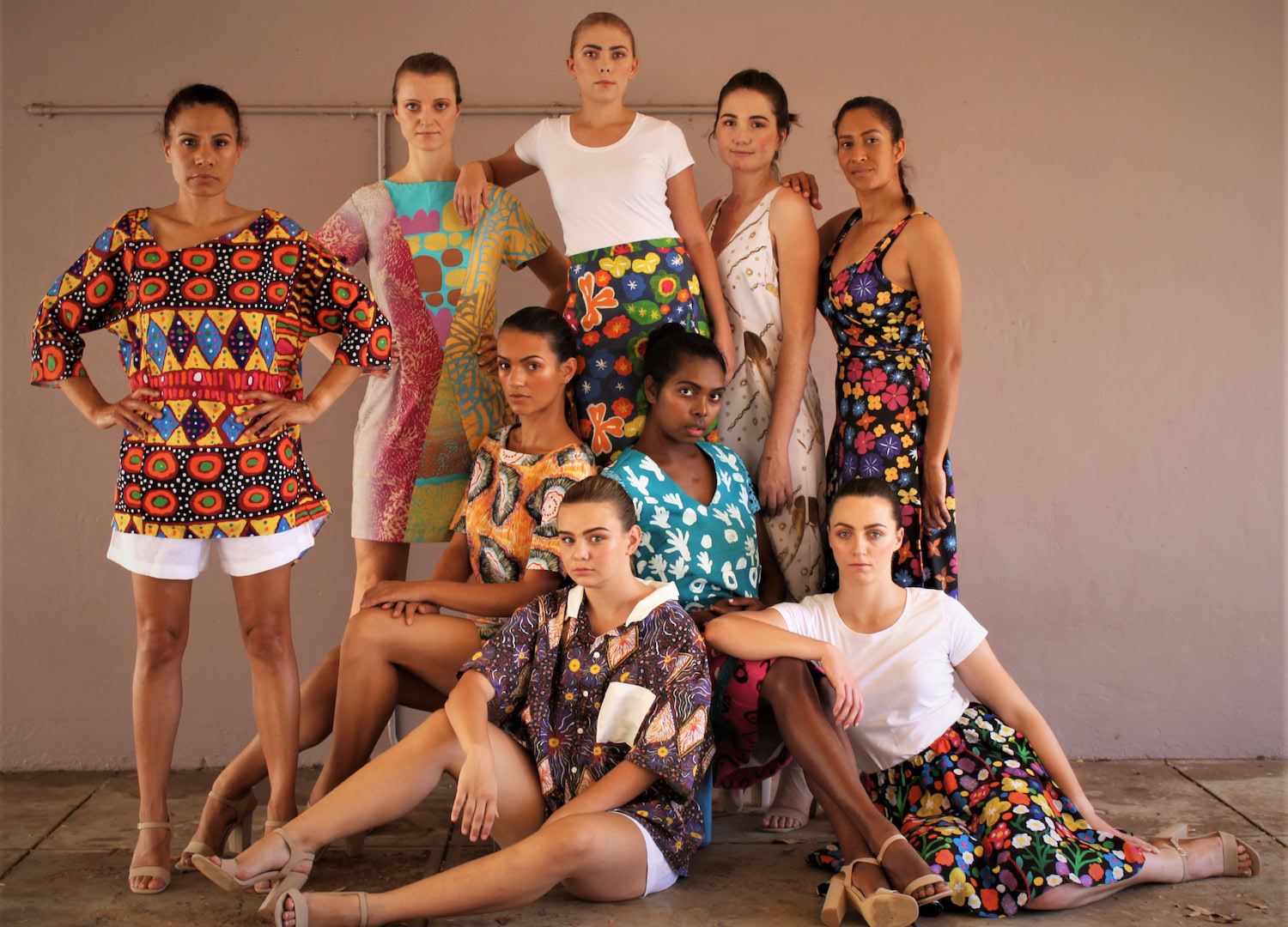
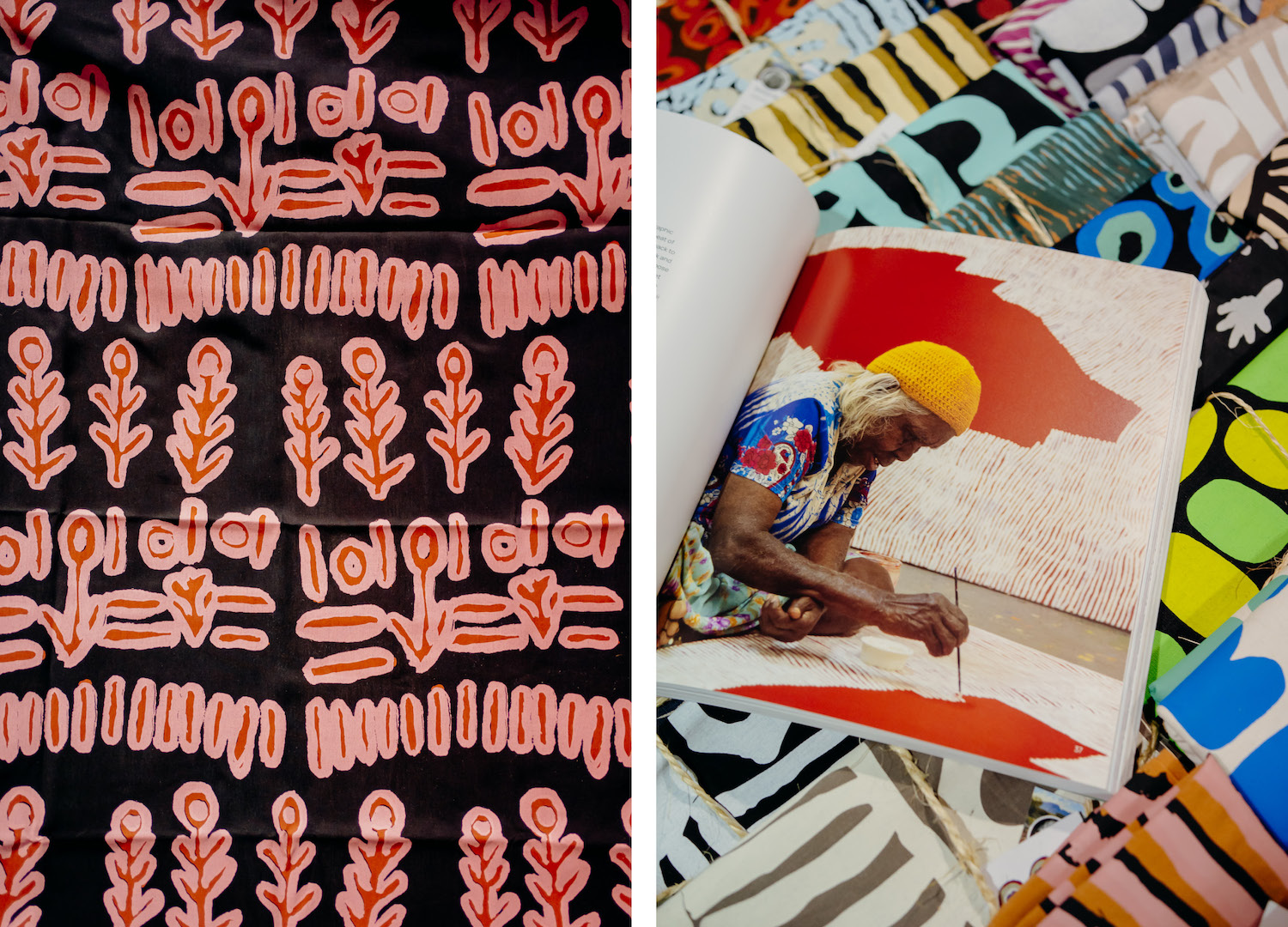
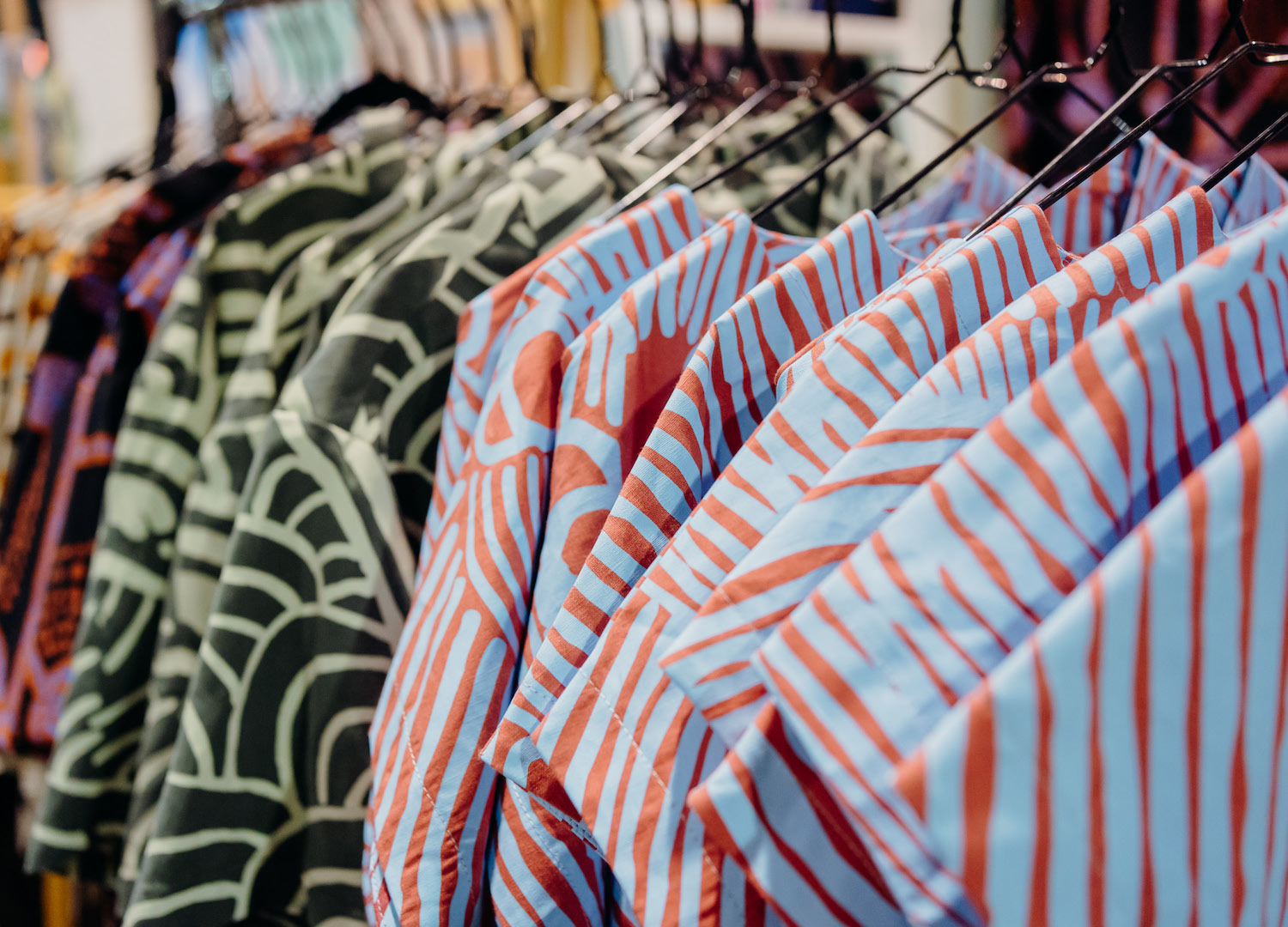
How can people get their hands on your gorgeous fabric?
Our range of screen-printed textiles is available for purchase via our online store, and we also stock a range of men’s and women’s clothing made from our designs. Our initial experimental designs, created back in 2016, are also available on Spoonflower. These were created through workshops with Batchelor Institute for Indigenous Tertiary Education based in Alice Springs, and workshops with Timothy Growcott (Top End Textiles) in Ikuntji.
The artists got to work through the whole production process from original design workshops through to garment making which landed their designs on the Country to Couture runway in 2017 and 2018. It was an invaluable and exciting experience, beautifully articulated by artist Kelly Dixon: “I am making clothes now. People can wear my painting.”


